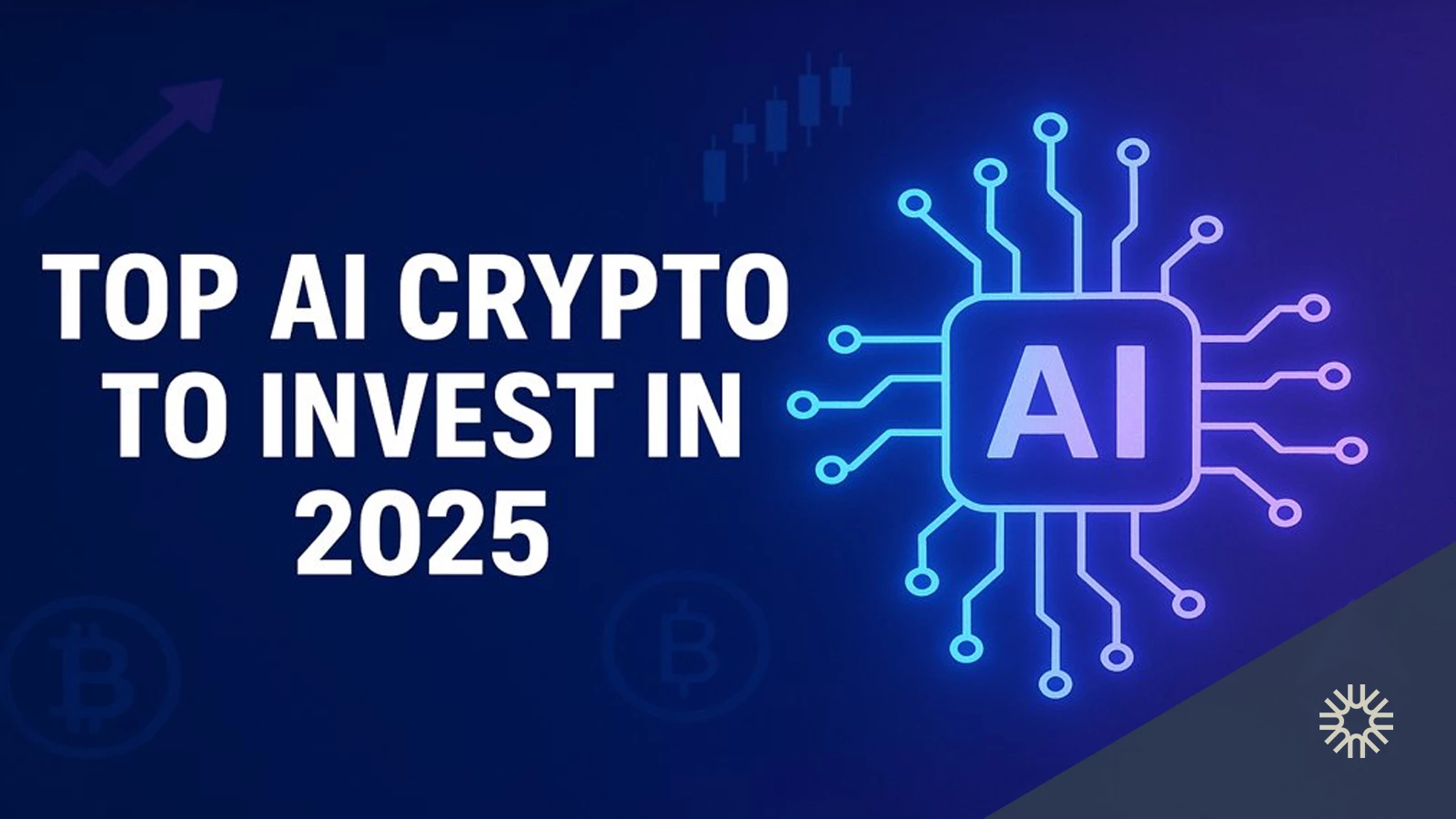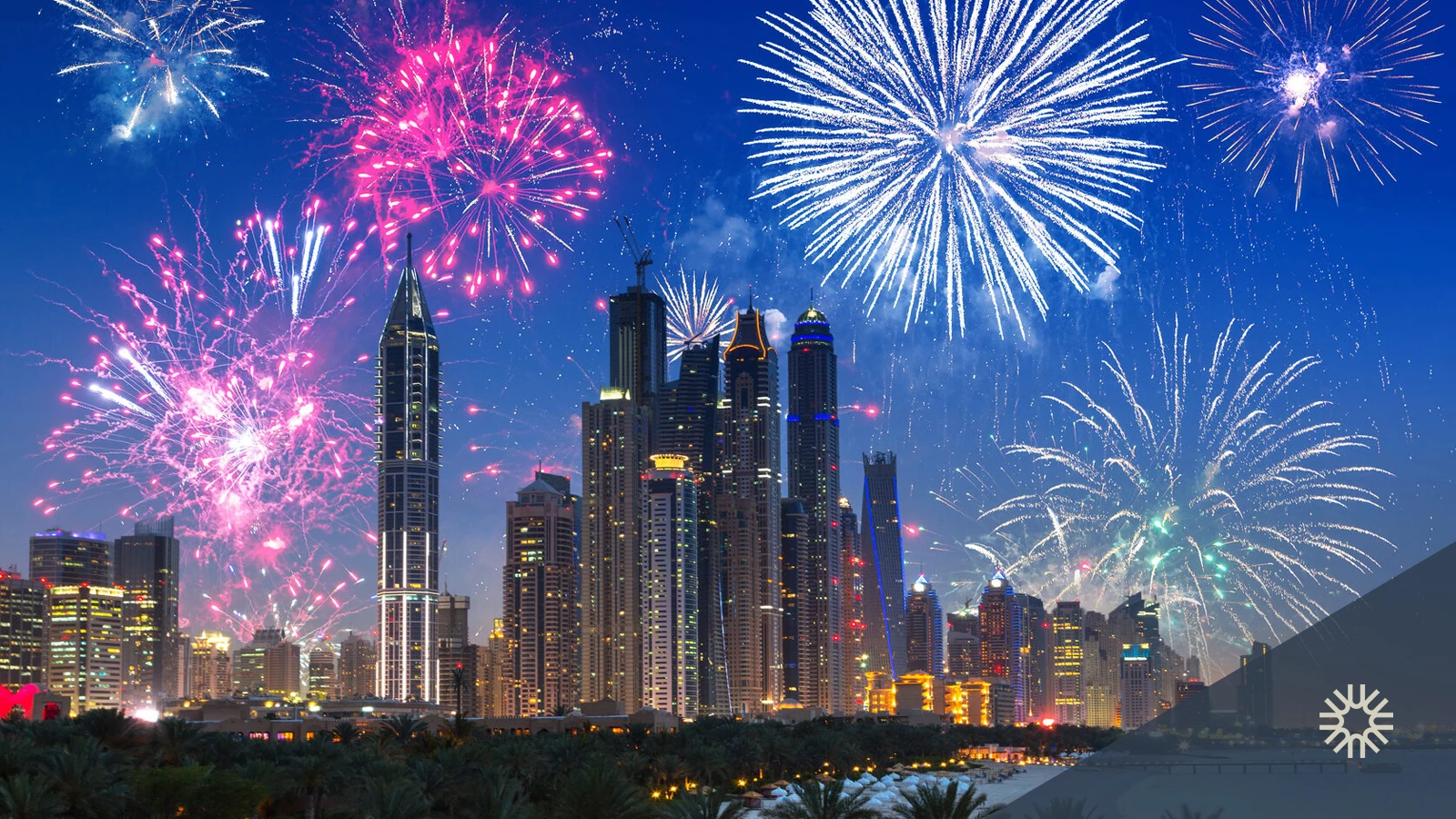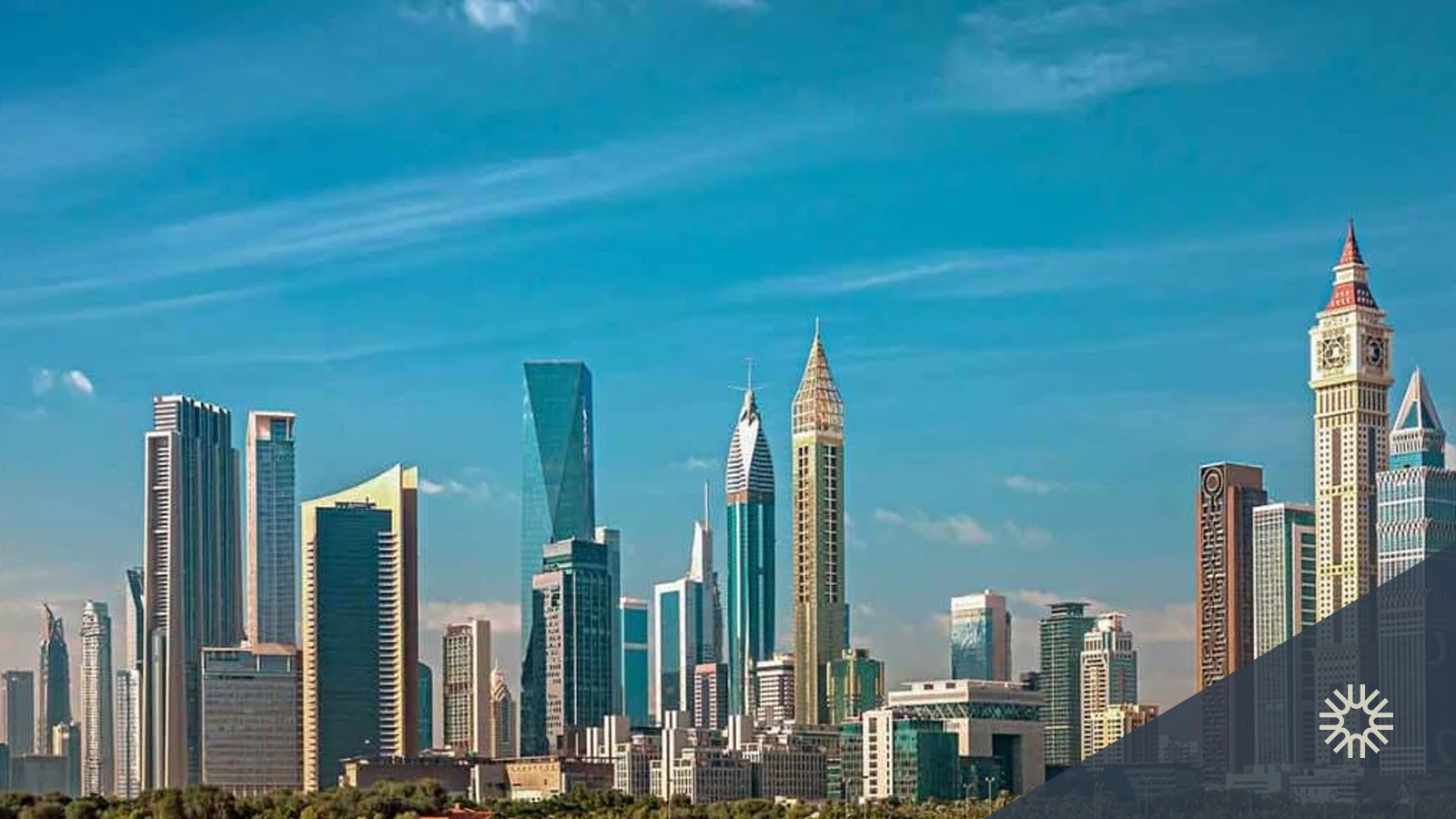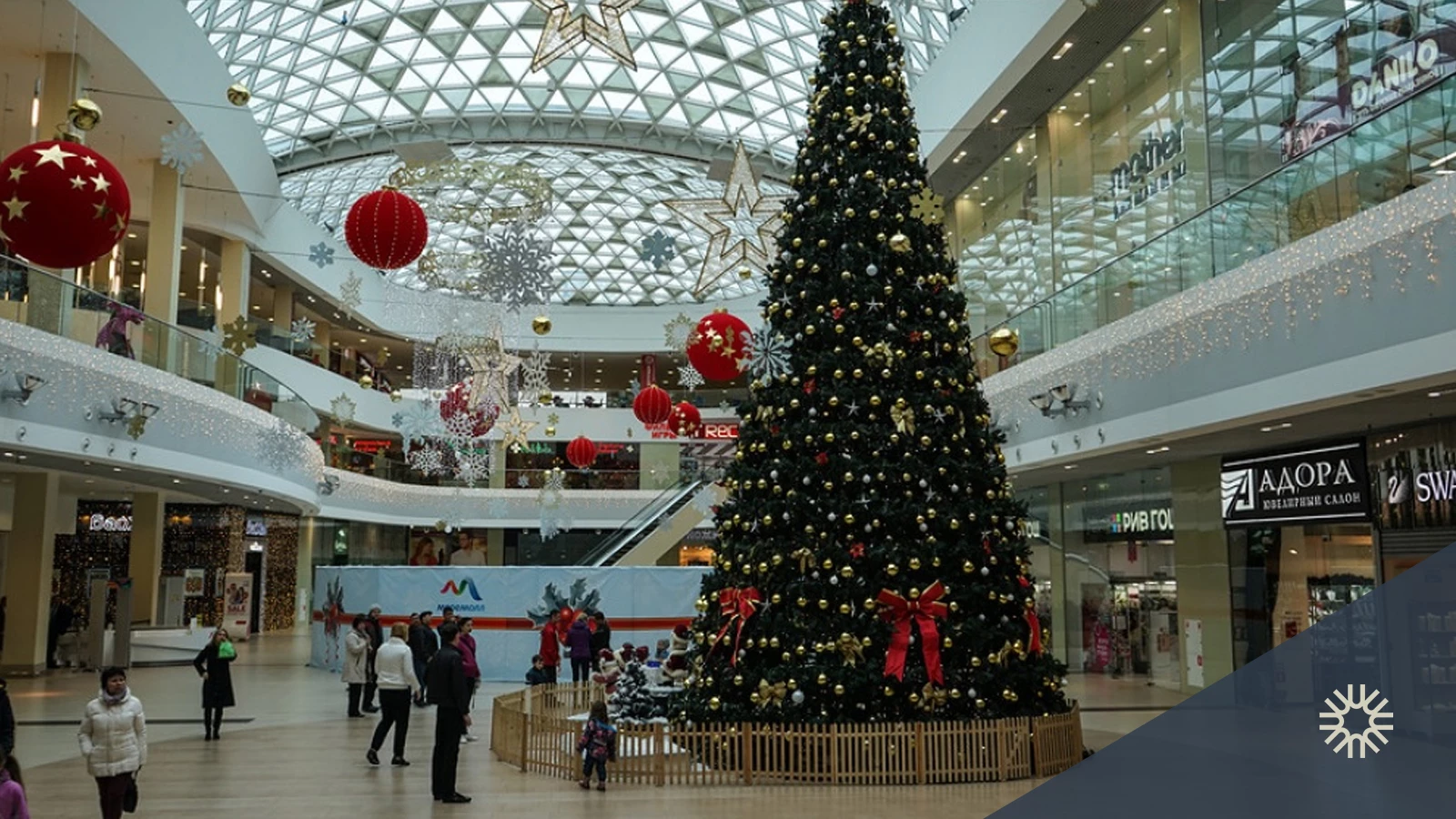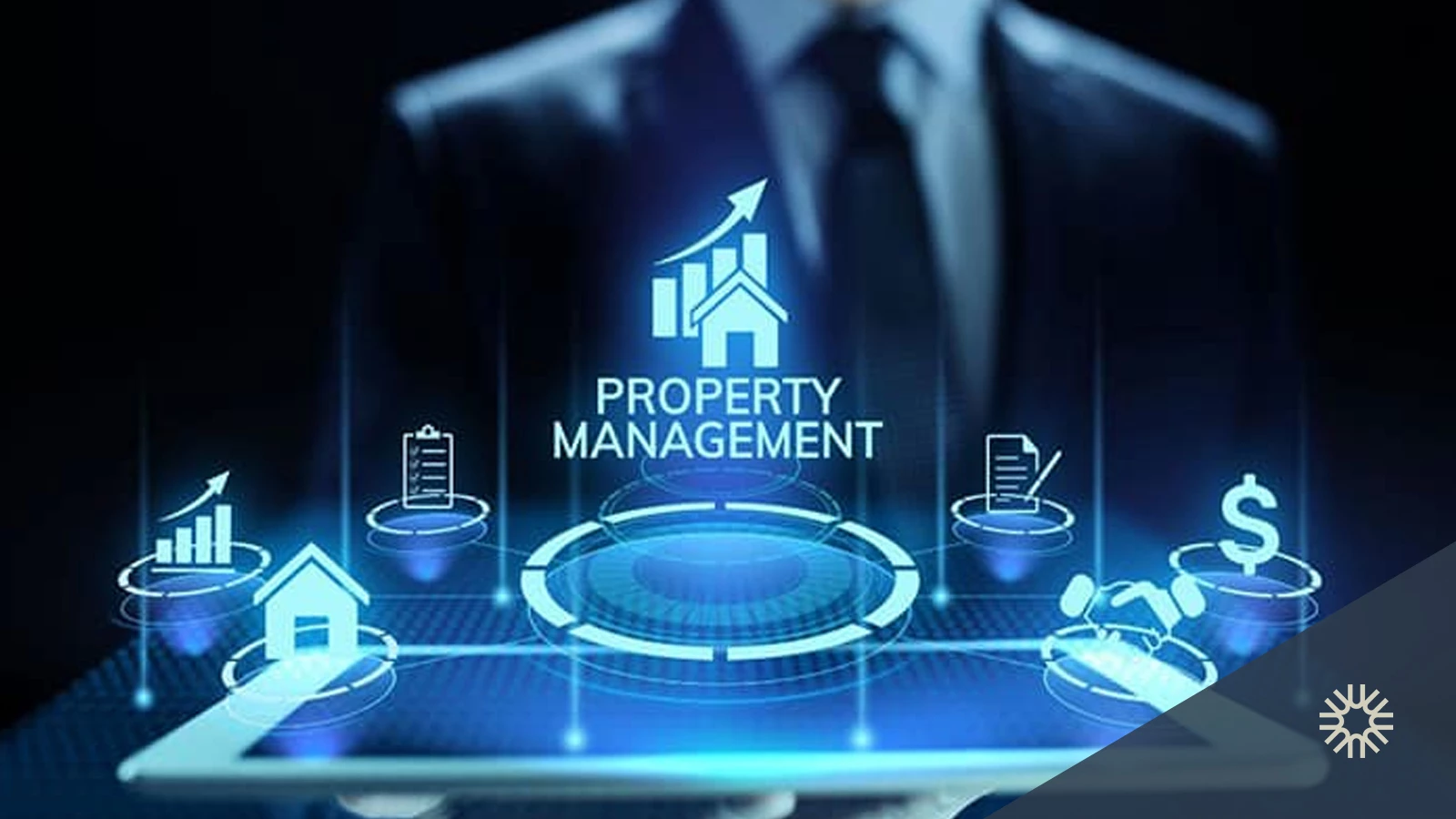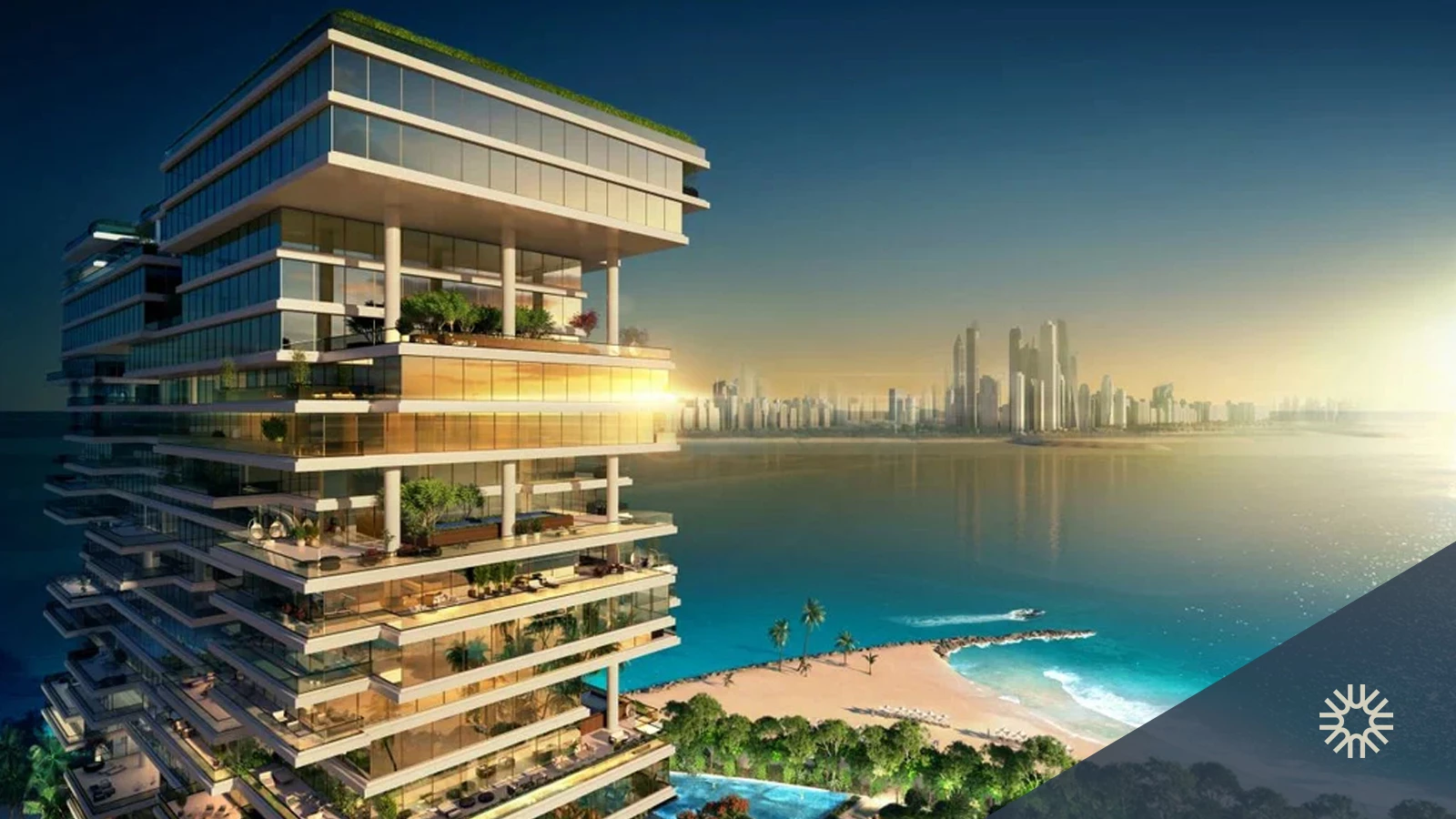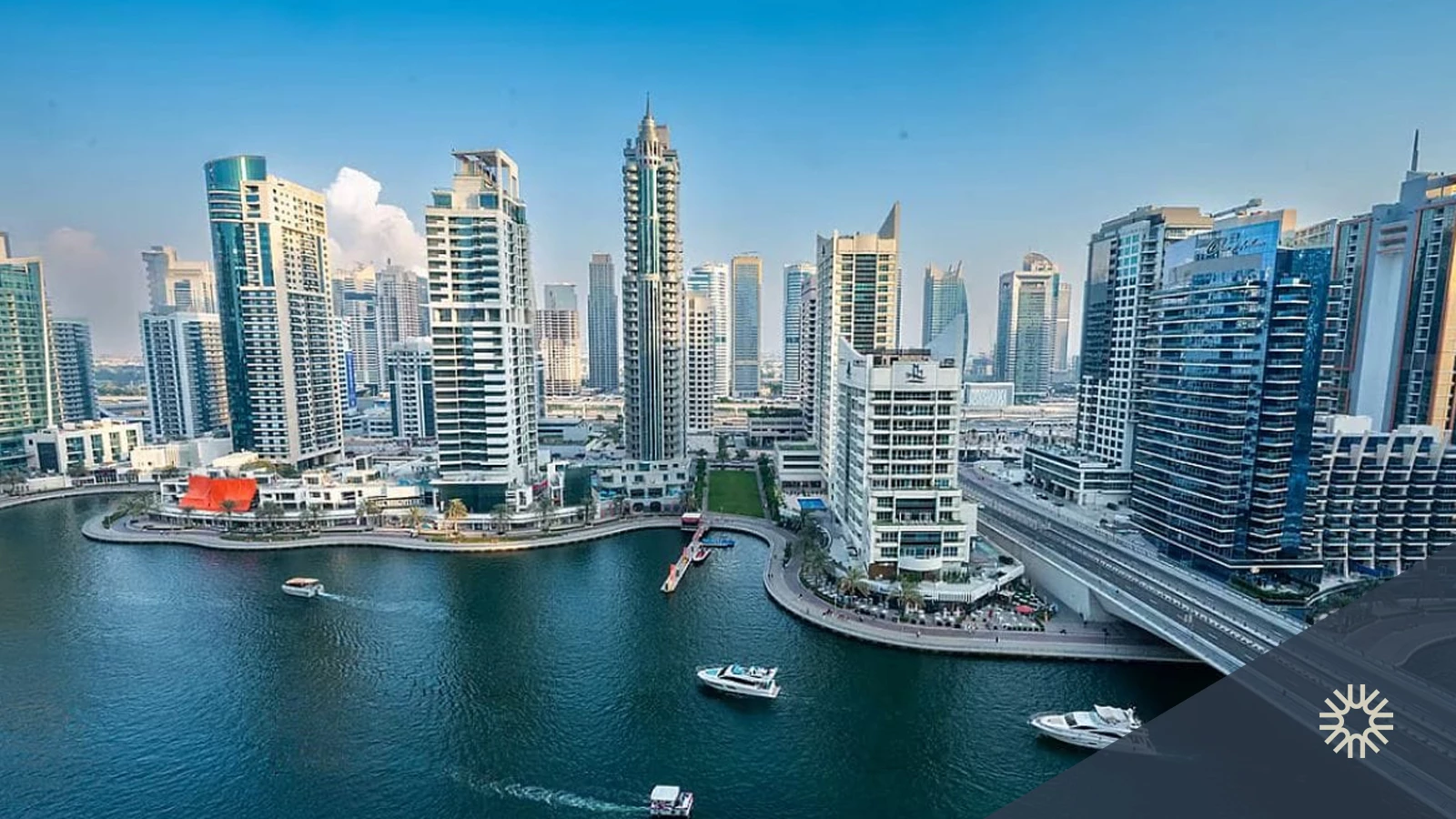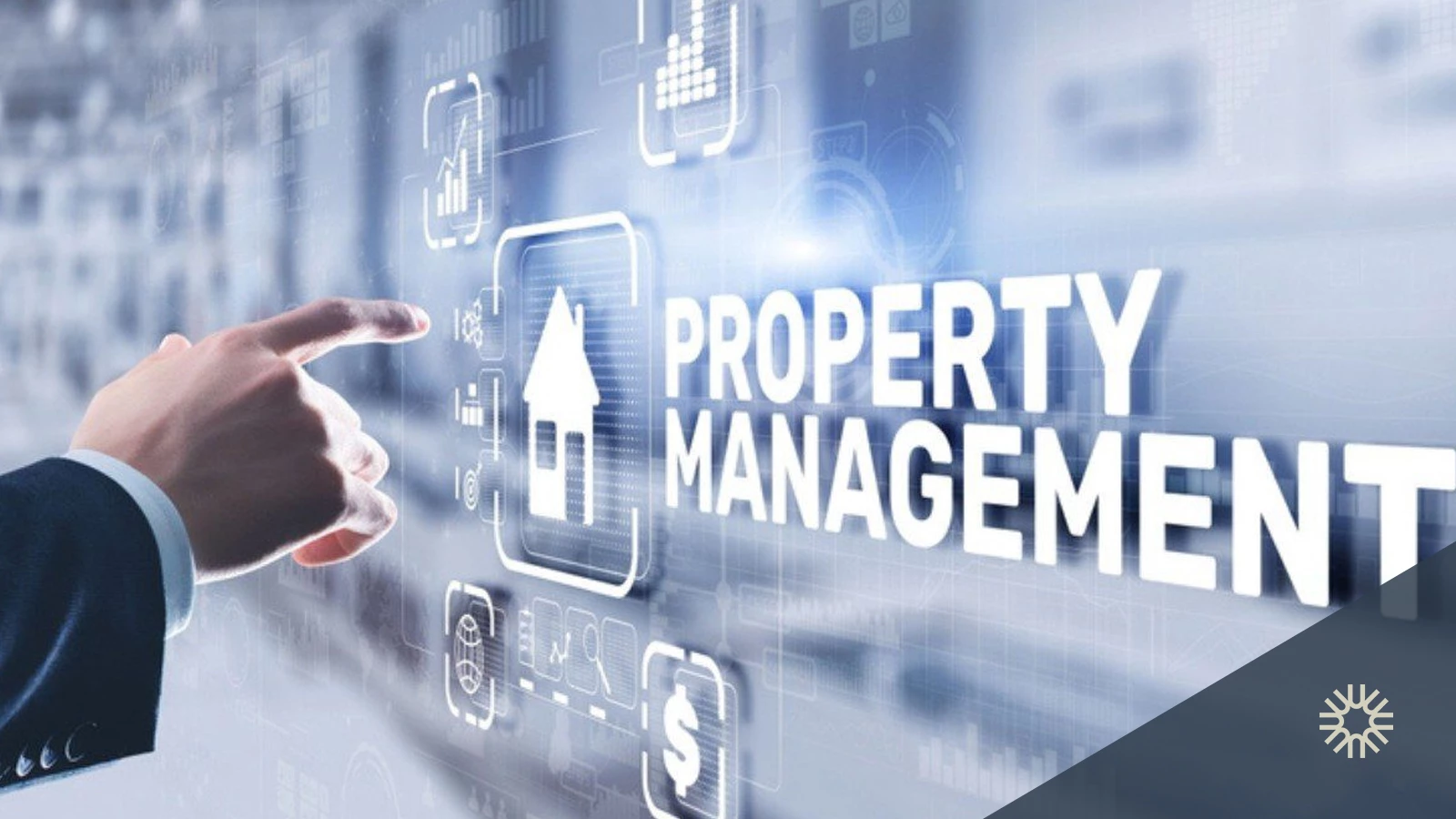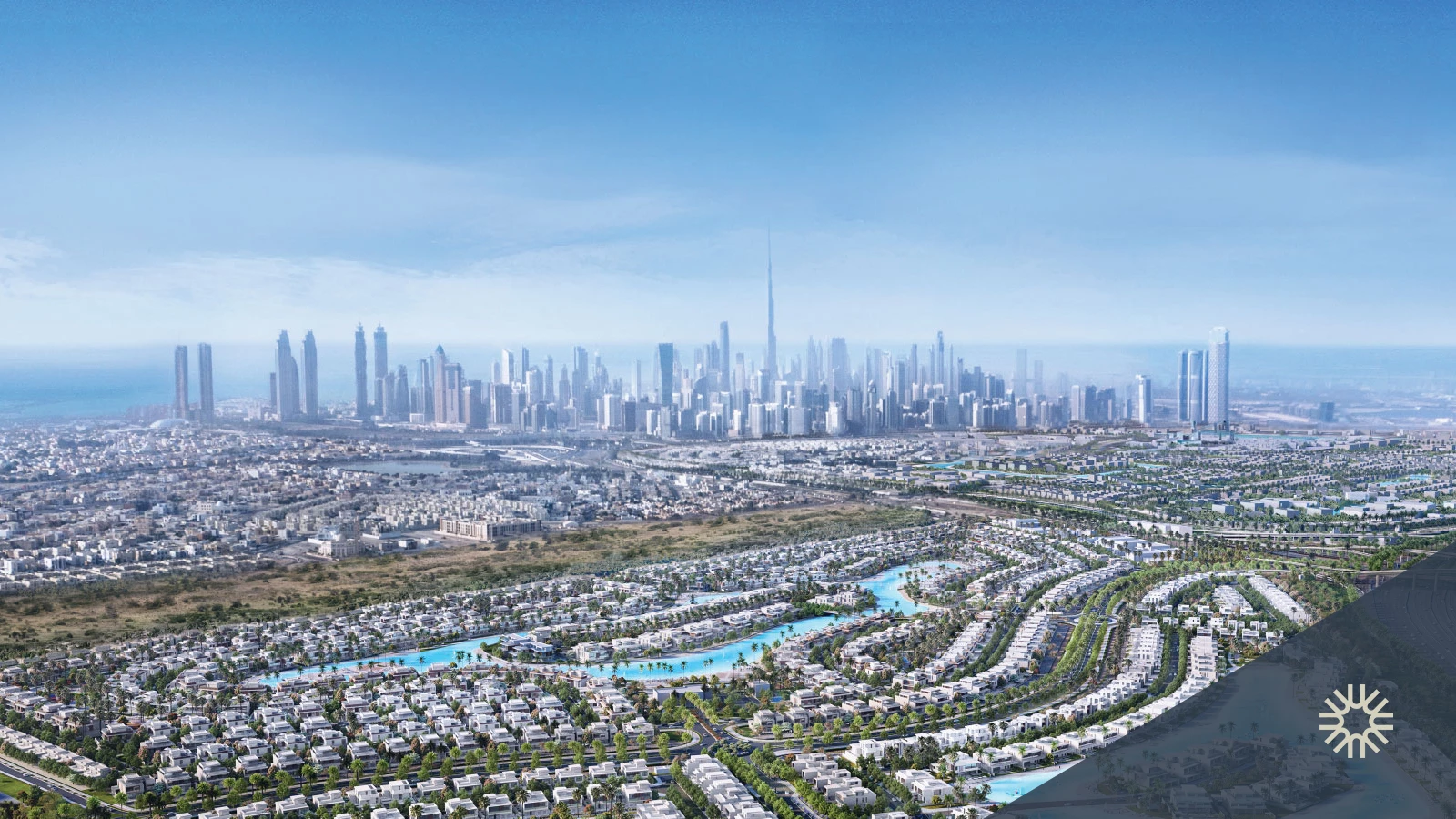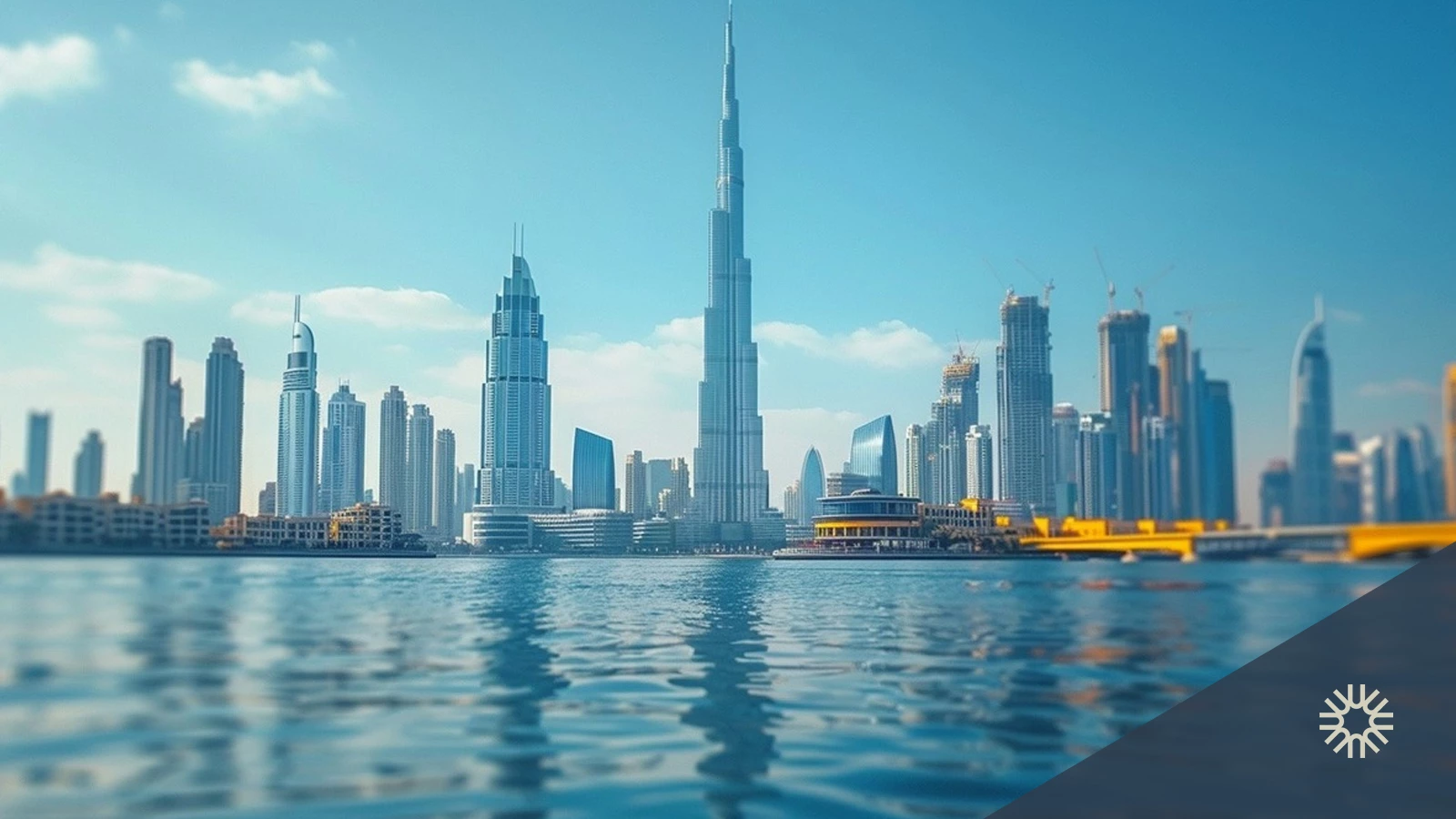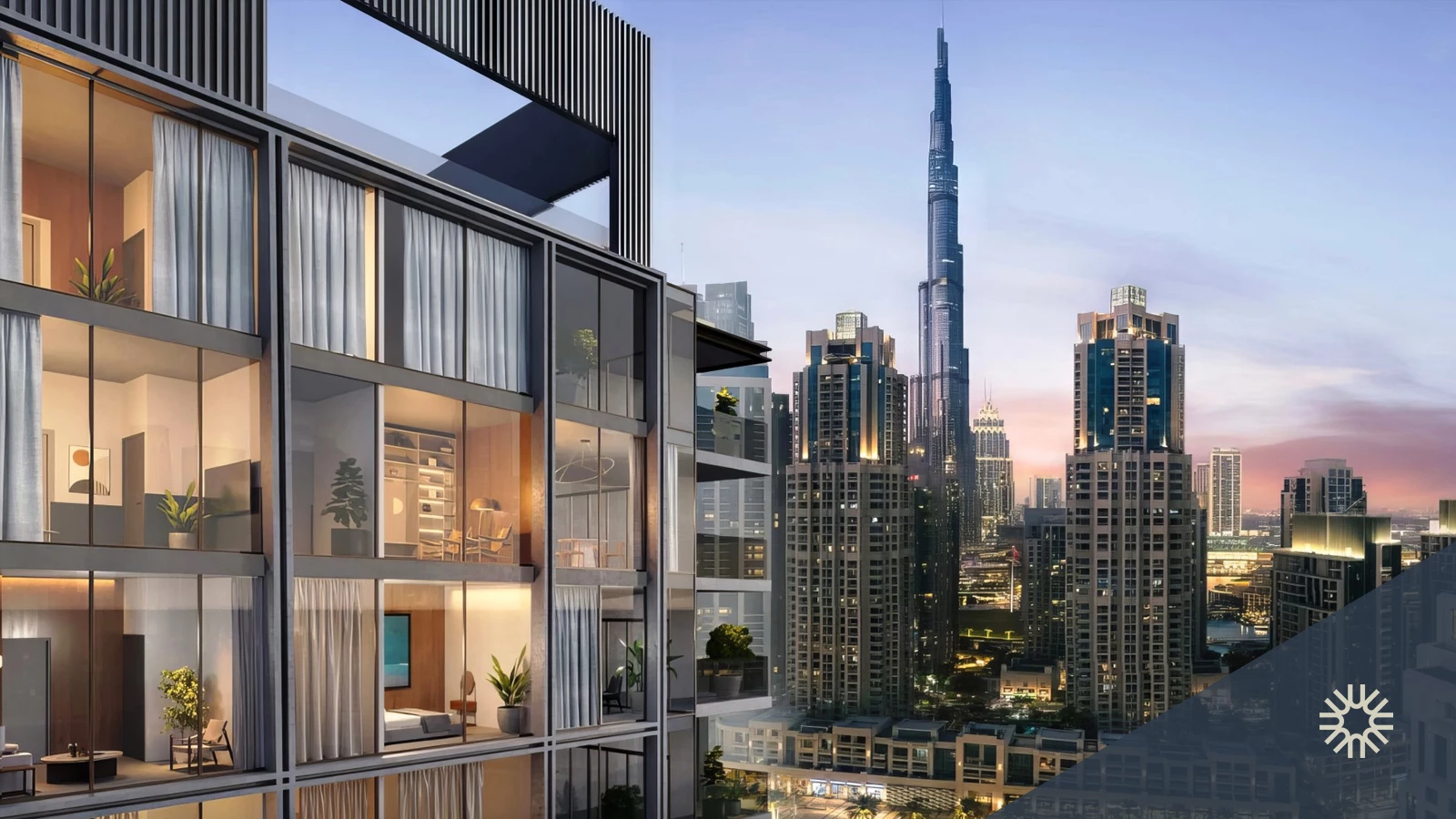Infrastructure Take-Off: How Dubai Metro Extensions Are Influencing New Price Arcs
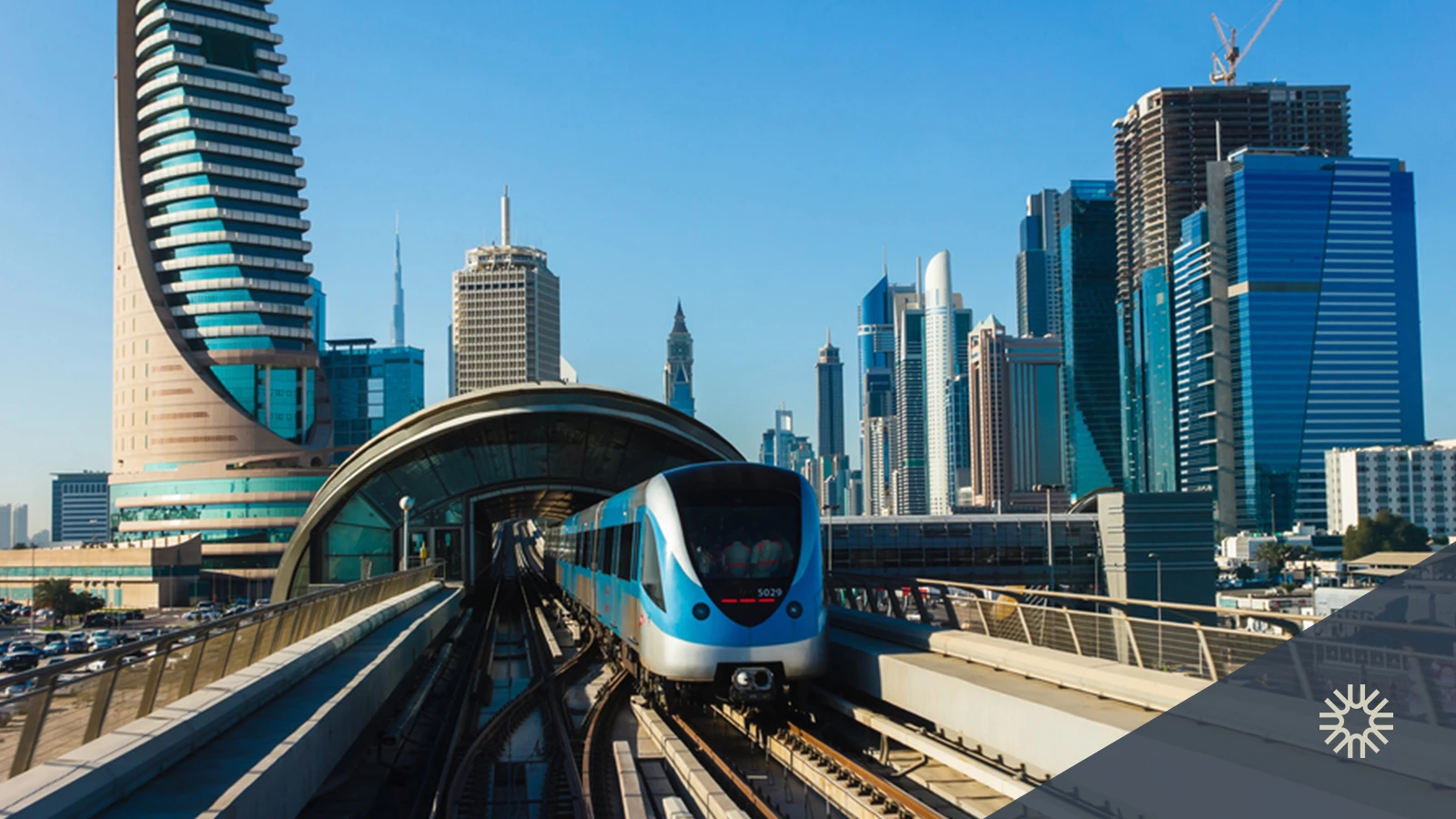
Dubai’s skyline has always been the poster child of visionary urban growth. But beneath the glass towers and iconic landmarks lies a quieter, yet equally powerful story: the expansion of infrastructure. Among the most defining catalysts of Dubai’s real estate evolution is the Dubai Metro. With new extensions steadily reaching untapped areas, the Metro is more than just a mode of transport; it is a price influencer, a community builder, and a driver of future demand.
The Metro Effect: Beyond Connectivity
In global real estate markets, transport infrastructure often dictates value. In Dubai, this principle carries even greater weight because accessibility is tied directly to lifestyle convenience. Properties within easy reach of a Metro station are not simply “connected” they become part of a larger ecosystem where residents and investors alike benefit from reduced commute times, elevated rental demand, and a perception of long-term sustainability.
When Dubai announced earlier phases of the Metro, entire neighborhoods that once felt peripheral quickly transitioned into prime investment zones. The same dynamic is unfolding again as extensions reach new districts. The Metro is not just linking spaces, it's shaping new “price arcs,” bending the trajectory of demand and appreciation in its wake.
Opening Doors to Emerging Communities
As new Metro lines cut through previously underdeveloped corridors, areas once considered secondary now stand in the spotlight. For homebuyers, this translates to an expanded set of options where affordability meets accessibility. For investors, it unlocks early-mover opportunities in communities poised for transformation.
What makes these extensions powerful is not just mobility, but the narrative they create. A Metro stop signals government confidence in a district’s future. It acts as a marker that development will intensify, commercial activity will rise, and residential desirability will follow. In this sense, infrastructure is not a backdrop to real estate growth, it is the script itself.
Lifestyle as a Price Driver
The Dubai Metro has always been positioned as more than a commuter solution; it is a lifestyle connector. Proximity to stations doesn’t just reduce travel time; it redefines how residents interact with the city. Families see it as a reliable way to access schools, malls, and cultural districts. Young professionals treat it as a gateway to career hubs without the stress of driving. Tourists embrace it as a seamless way to explore Dubai’s landmarks.
This multi-dimensional lifestyle appeal adds layers of value to properties near extensions. Price arcs shift not only because of transport, but because of the quality of living that transport facilitates. In essence, infrastructure does not merely push property values, it pulls lifestyle seekers closer.
The Ripple Effect on Rental Markets
Metro-linked districts consistently attract a higher share of rental demand. Tenants prioritize accessibility, particularly in a city where expat professionals often weigh convenience above ownership. With each Metro extension, landlords gain access to a wider tenant pool, and yields can see upward momentum.
For investors, this creates a dual advantage: capital appreciation as demand grows, and rental income stability fueled by a mobile workforce. It is this combination that defines the new “price arcs” , a curve that moves beyond speculative spikes to sustainable value growth tied to real-world usage.
Reimagining the Future of Dubai’s Growth
The Metro extensions reflect more than engineering; they embody Dubai’s vision for structured, sustainable expansion. By integrating infrastructure with urban planning, the city ensures that growth is not limited to traditional hotspots like Downtown or Dubai Marina. Instead, the future map of desirability is expanding outward, creating multiple centers of gravity.
This decentralization benefits buyers and investors alike. It ensures that value is not overly concentrated in legacy districts, while opening opportunities for those seeking the next frontier. In the years ahead, the Metro will continue to redraw boundaries of what counts as “prime,” offering savvy investors a chance to ride the wave before it crests.
Strategic Insights for Investors
For those watching the Dubai Real Estate Market, the key is to recognize the signals before they become mainstream. Metro extensions are one such signal. They indicate not only where physical connectivity will improve but also where future social and economic ecosystems will flourish.
For end-users: Proximity to the Metro ensures lifestyle convenience and long-term resale value.
For investors: Early entry into districts near new lines positions portfolios for both appreciation and rental resilience.
For landlords: Yield optimization becomes more achievable as tenant demand concentrates around transport-linked areas.
In other words, infrastructure is no longer a background factor, it is a primary driver in real estate strategy.
Conclusion
Dubai’s Metro extensions are not just reshaping how people move they are redefining how property values evolve. Each new line creates fresh opportunities, alters rental dynamics, and sets the stage for new community narratives. For investors, understanding these “price arcs” is the difference between following the market and staying ahead of it.
At Unique Properties, we track these shifts closely, helping clients align their decisions with Dubai’s future infrastructure-led growth. Whether you’re exploring residential opportunities, high-yield investments, or long-term appreciation plays, the Metro story is one you cannot afford to ignore.
Ready to secure your future in Dubai?
Explore the best real estate property in Dubai, discover real estate property for sale in Dubai, or Book a Consultation with our experts today.
